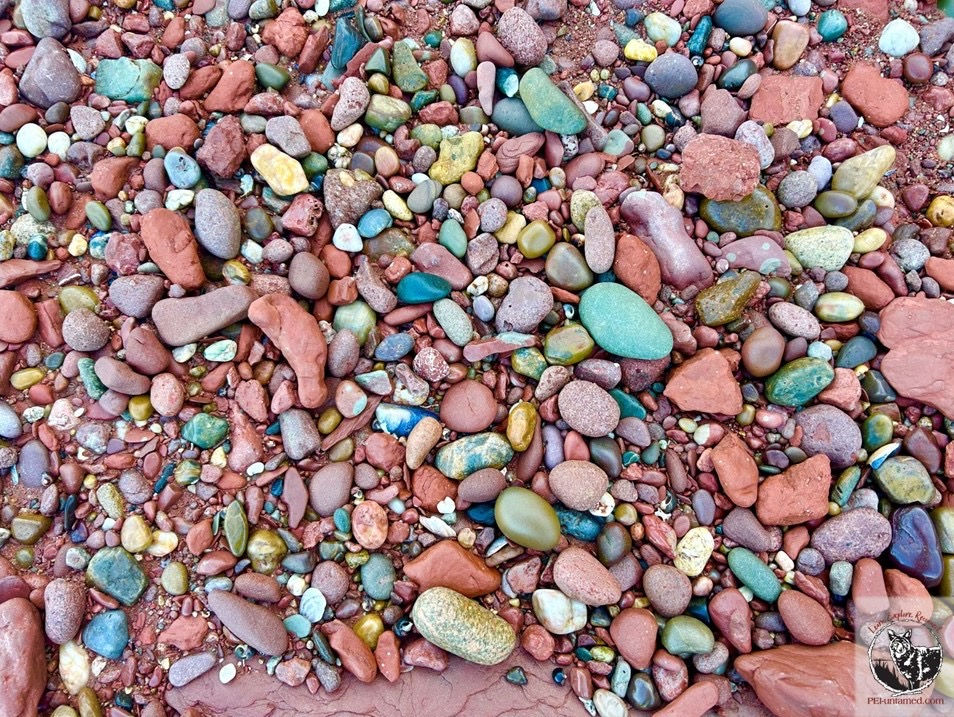Post-Fiona: New Geological Formation
- katemacquarrie22
- Dec 25, 2022
- 2 min read
On September 23-24, 2022, Hurricane Fiona changed our Island’s coastline. But amid the heartbreak so many are feeling there is cause for excitement. I’m grateful to Jason J Handrahan for sending me photos of a newly-exposed geological formation he found in Kildare Capes. I visited it recently and it’s the most beautiful example of a glacial deposit I’ve ever seen.

I have more about the changes in PEI’s landscape following the end of the last Ice Age in my Permian to Present series (check it out!). For now, let’s look back at a time when huge ice sheets – kilometres thick – scraped their way across our region. As they did, they picked up all sorts of rock and sediment, carried it along with them, and dropped it as they melted.
The layer I’m standing on in Photo 1 is sandstone bedrock. This is MUCH older than the layers above it and was formed some 300 million years ago. Above this is a layer of rounded cobbles tightly packed into sediment (Photo 2).

As the glaciers melted, the resulting rivers of meltwater carried with them the rocks and sediment that had been picked up by the ice. In my Post-Fiona: Sand Dunes post, I describe how wind moves sand grains of various sizes: faster wind can move bigger grains. The same is true of water, with faster flowing water able to carry larger rocks. In the Maritimes, glacial retreat began about 15,000 years ago. This is a slow process and in the thousands of years that followed, there was a period where fast-flowing meltwater was washing over parts of the Island. This cobble layer shows that period.
The next layer up is finer sand, and the one I find most interesting. There are a couple of theories to explain this: it could be finer material transported from more distant glaciers, but I think it’s a raised beach. The immense weight of the glaciers depressed the land underneath, just like a person sitting on a mattress. When that weight was removed, the land took some time to rebound; think of it a bit like memory-foam. Some 13,000 years ago, western PEI was around 45 metres (about 150 feet) lower than it is today. As the land rebounded, beaches formed at the coast. But the land continued to rise, taking the newly-formed beaches with it. The sandy layer that is well above my head in Photo 1 was once well below my feet.

That sand layer is soft and eroding quickly (Photo 3), so it’s hard to know how long this formation will last. We’re fortunate it was found so quickly after it appeared, and to have this cool example of PEI’s natural history!
A big Thank You to Jason J Handrahan for making me aware of this site!



